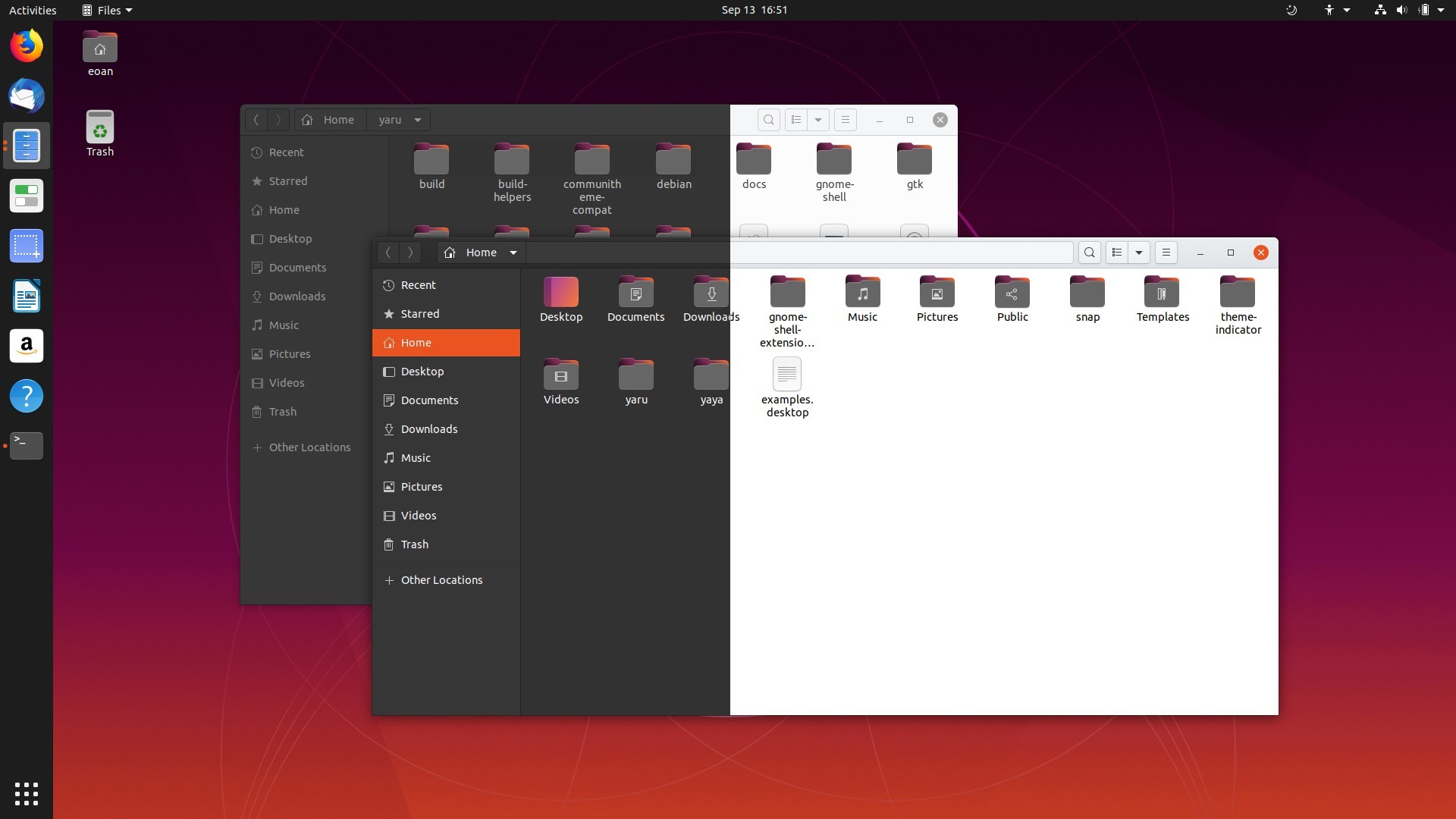

- #Limit standard accounts ubuntu how to
- #Limit standard accounts ubuntu install
- #Limit standard accounts ubuntu password
- #Limit standard accounts ubuntu windows

SELinux is included and enabled by default in Red Hat Enterprise Linux and CentOS Linux. SELinux is also frequently used to make escaping from containers more difficult. However, the administrator's shell is just a normal program, and SELinux can also be used to limit what can be done from the shell. It is primarily targeted for limiting exposure to vulnerabilities in server processes (such as web servers). SELinux is a popular tool for limiting what processes running as root can do. Such systems are primarily used in security-sensitive enterprises with dedicated security teams and in certain military and government organizations. Various operating systems have mechanisms for limiting what root accounts can do. Root accounts are very powerful, and can do almost anything on a computer. SELinux and Other Ways to Limit Root Privileges Access to the root account should be limited to the absolute minimum number of people and uses. It is usually preferable to use dedicated service accounts for running applications and for managing various operating system subsystems. In essence, it can do pretty much anything on the system.
#Limit standard accounts ubuntu install
This means it can read and write any files on the system, perform operations as any user, change system configuration, install and remove software, and upgrade the operating system and/or firmware. Having root access generally means being able to log into some root account on the server, or being able to run commands as root on the server, for example by using some privilege escalation tool such as sudo. In Linux-based systems, this means being able to do something using the user id 0, i.e., as root. Root access means performing something using root privileges. All of these tools can also log the commands performed as root to give accountability into what is done as root. All privileged access management tools also provide this capability. Tools such as sudo can be used to grant selected users the ability to run selected commands as root. Using SUDO and Other Tools to Eliminate Need for Root Accounts
#Limit standard accounts ubuntu windows
Windows has Local Administrator and Domain Administrator accounts instead of root accounts.Ī superuser account is a generic term for root accounts, Windows administrator accounts, and other similar accounts with generally unlimited privileges on systems. Other privileged accounts include service accounts and system accounts. Related Privileged AccountsĪ root user account is a kind of privileged account.
#Limit standard accounts ubuntu password
Also, since they are nobody's personal responsibility and sort fo common knowledge among peers, they tend to not get the same amount of diligence as personal accounts, and are often emailed or written down in notes, files, and password managers. Shared passwords are much more likely to misused, their passwords tend to remain unchanged for extended periods, and often leak when employees change jobs. The passwords for privileged accounts should never be shared. Typically every root login and every command executed as root is logged. Privileged access management tools provide logging and monitoring of access. Furthermore, many cybersecurity regulations and best practice requires deploying privileged access management tools. Gaining accountability into what they do is important for deterring insider crime and fraud. Most cybercrime is perpetrated by internal actors, such as system administrators. Deploying privileged access management tools is important for organizations, because root accounts are so powerful.

Privileged account management refers to managing access to privileged accounts, including root accounts. It is fairly common for certain system administrators to have their own root accounts on a system, with their own passwords. However, in Unix and Linux, any account with user id 0 is a root account, regardless of the name. Usually, the root user account is called root. It is a user account for administrative purposes, and typically has the highest access rights on the system. Root is the superuser account in Unix and Linux.

#Limit standard accounts ubuntu how to
Contents What is a Root User? Privileged Access Management Related Privileged Accounts Using SUDO and Other Tools to Eliminate Need for Root Accounts Root Access Root Privileges SELinux and Other Ways to Limit Root Privileges Root User on Mac SSH Access To Root Account Set-user-id Flags on Executable Files Single User Mode and Recovering Lost Root Passwords Rooted Devices How to Root iPhone/iPad? How to Root Android? What is a Root User?


 0 kommentar(er)
0 kommentar(er)
